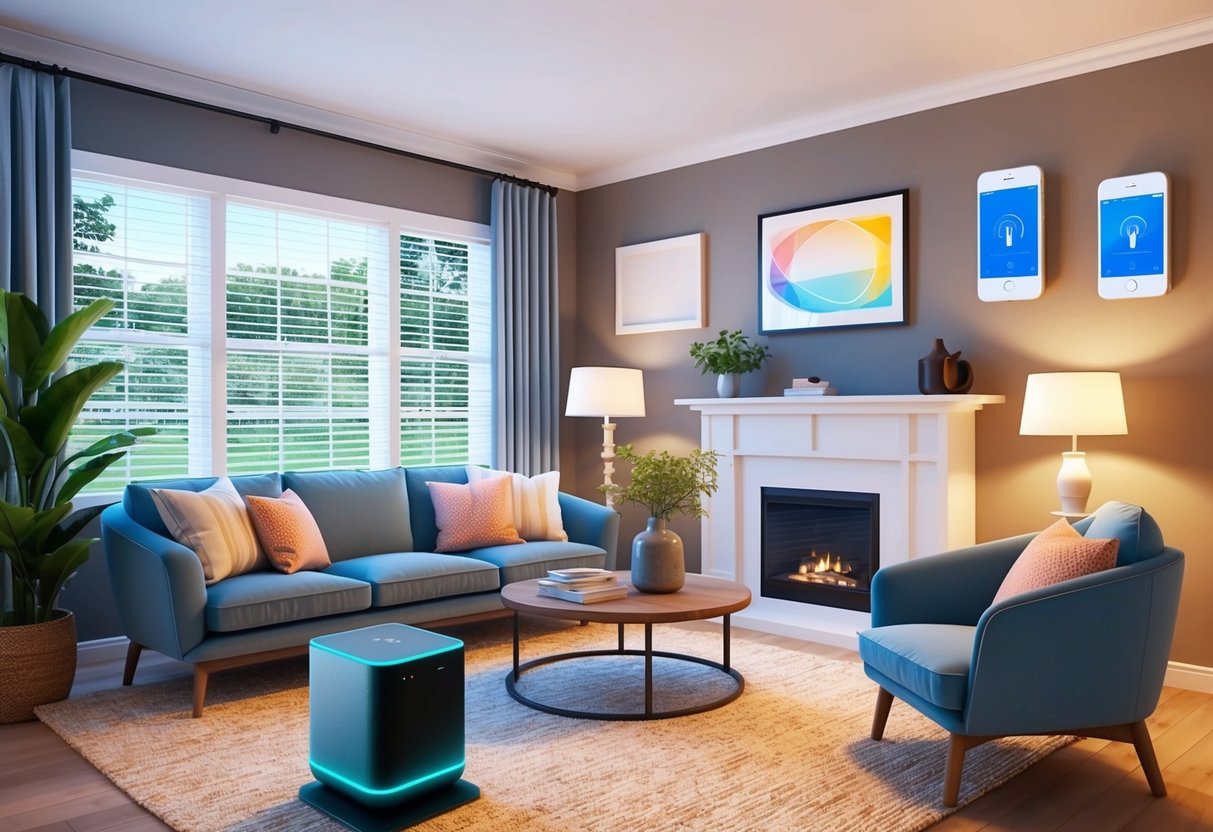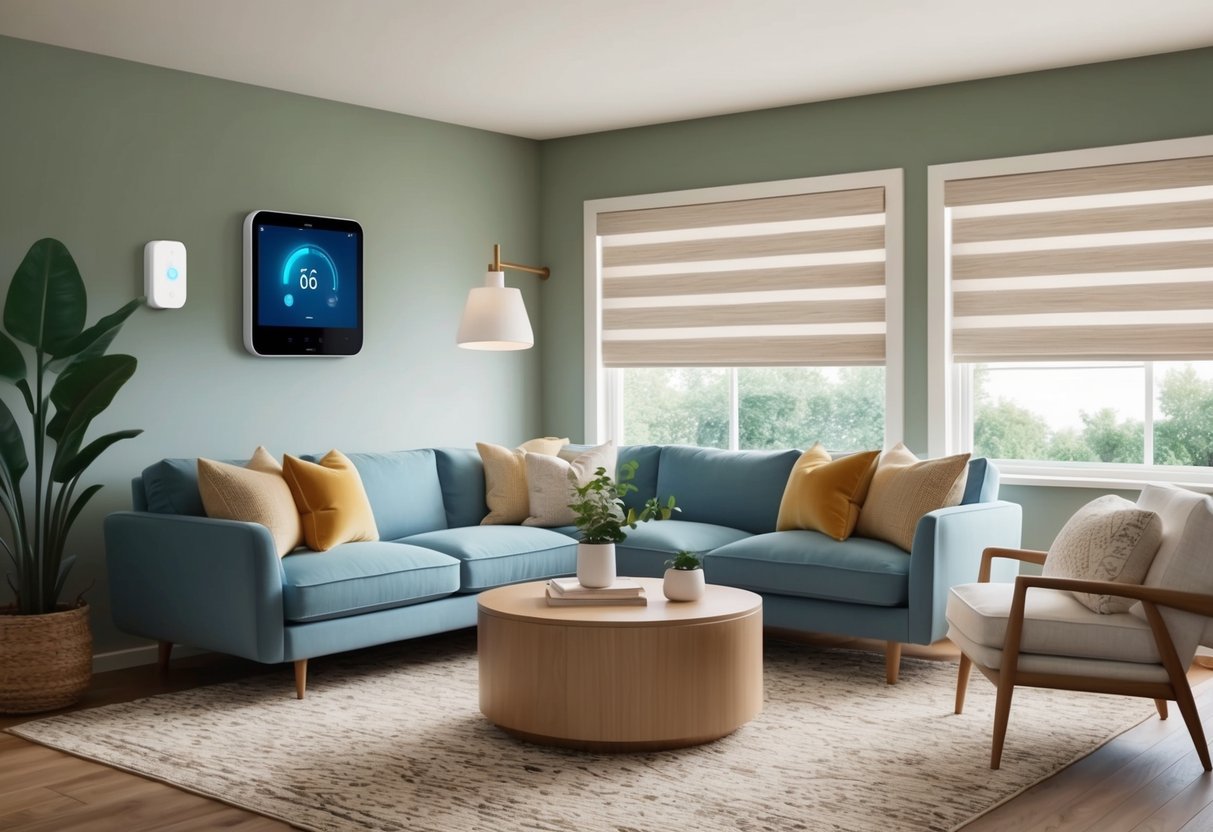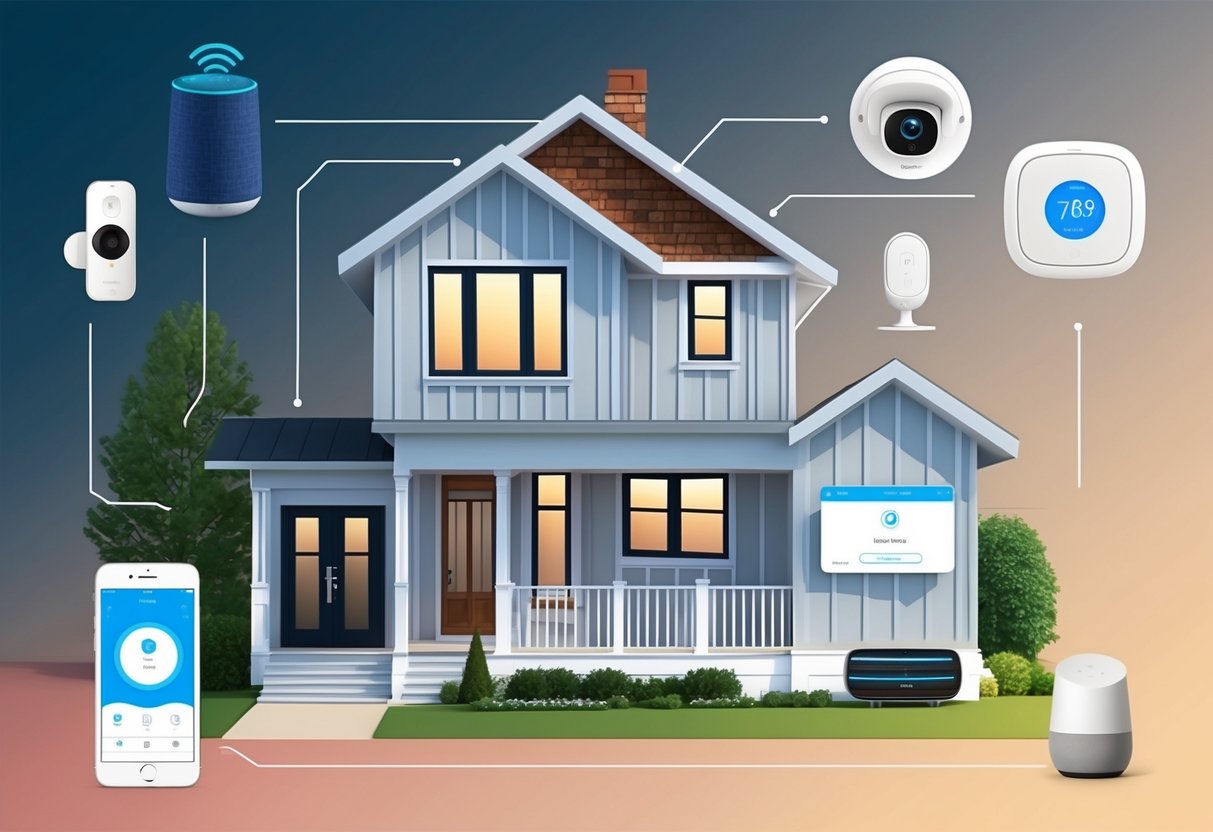
Maximizing Comfort Through Automation

Smart home technology can make daily life more convenient by automating climate, lighting, and entertainment settings. Automating essential functions saves time, boosts energy efficiency, and delivers a more personalized home experience.
Routine Scheduling
Routine scheduling allows homeowners to automate daily tasks such as thermostat adjustments, light settings, or powering appliances. With a smart thermostat, it’s possible to set specific temperatures for different times of day.
For example, heating can be reduced during work hours and increased before returning home for optimal comfort and cost savings. Automatic lighting enables lights to turn on at sunset and dim at bedtime, eliminating the need for manual adjustments.
Integrating smart plugs and power strips helps schedule smaller appliances. Homeowners can program devices like coffee makers or humidifiers to activate only when needed, saving energy and reducing unnecessary use.
The routine scheduling feature is user-friendly and can often be managed directly through smartphone apps, making day-to-day tasks more streamlined.
Interconnecting Multiple Devices
Interconnecting multiple smart home devices maximizes both comfort and efficiency. When smart lights, security cameras, smart thermostats, and sensors work together, the system responds dynamically to daily habits.
For example, motion sensors can switch on hallway lights automatically as someone walks through, blending security with ease of use. Home automation platforms like Google Home or Amazon Alexa serve as central hubs, letting users control all connected devices from a single interface.
Scene settings can be customized; for instance, a “movie night” scene may dim the lights, lower the blinds, and set the thermostat to a preferred temperature with one command. An interconnected setup increases comfort, streamlines device management, and can enhance home value and efficiency.
Frequently Asked Questions

Smart home upgrades can make a property stand out, offering improved energy management, enhanced safety, and features that appeal directly to today’s buyers. The right combination of technology and user-friendly integration can increase a home’s comfort while adding measurable value.
What are the top smart home features that can add the most value to a property?
Smart thermostats, security systems, and smart lighting are consistently rated as high-value additions to a home. These technologies enable homeowners to control temperature, lighting, and security remotely, offering both convenience and cost savings.
Integrating these features can also make properties more attractive when listed for sale. Many buyers are looking for energy-saving smart thermostats, smart door locks, camera systems, and automated lighting.
Which smart home improvements offer the best balance between affordability and convenience?
Affordable options include smart plugs, lighting systems, and basic smart security devices. These products are typically easy to install and integrate.
Smart lighting and smart thermostats stand out because they require only moderate investment but deliver noticeable benefits in daily routines and energy management.
How can smart home technology contribute to energy savings and efficiency within the home?
Devices like smart thermostats and automated lighting systems help reduce energy consumption by adjusting to occupancy patterns and environmental conditions. Homeowners can monitor and control systems through mobile apps to minimize unnecessary usage.
Efficient energy controls and scheduling features can lower utility bills without sacrificing comfort.
Can DIY smart home upgrades be effective, or should professional installation be considered for value purposes?
DIY upgrades such as plug-and-play devices and wireless lighting systems offer an easy entry into smart home technology. For more complex systems, especially those impacting home security or involving extensive wiring, professional installation is sometimes recommended.
Simple additions like smart door locks or lighting are suitable for DIY. Integrated security or climate control systems may provide a stronger value boost if professionally installed.
What are the key considerations when integrating different smart home devices for a cohesive system?
Compatibility among devices is essential to avoid connectivity issues and maximize functionality. Homeowners should look for products that support common standards like Wi-Fi, Zigbee, or Z-Wave and can be managed through a unified platform.
Choosing devices with user-friendly apps and strong customer support helps ensure a seamless smart home experience.
Are there specific smart home devices that are particularly appealing to home buyers?
Buyers frequently look for smart security systems with cameras and remote access. Smart thermostats and automated lighting are also popular.
Smart locks and video doorbells are attractive due to their convenience and enhanced security. Devices that support easy, wireless installation tend to gain more attention from buyers who want move-in-ready convenience.